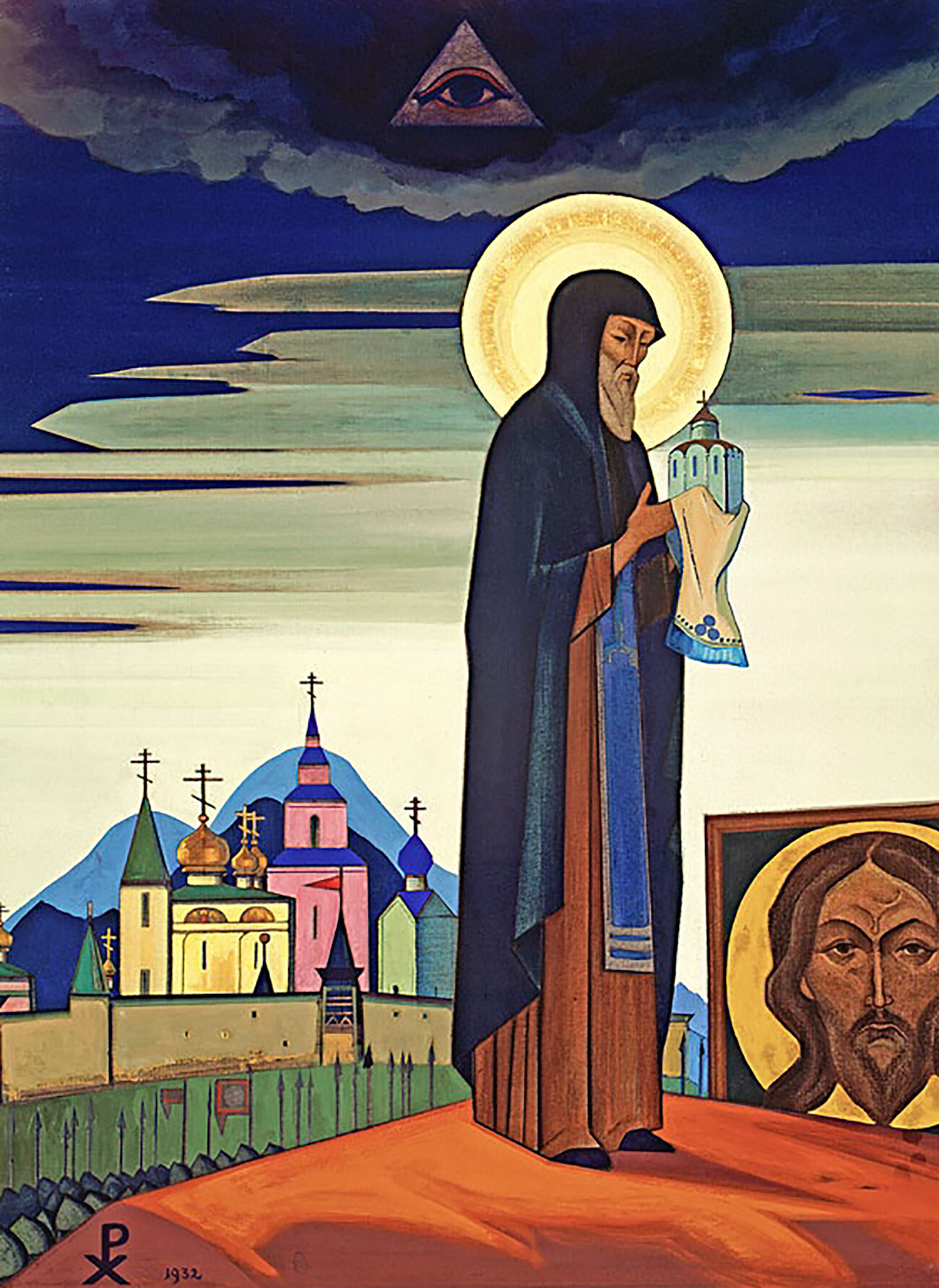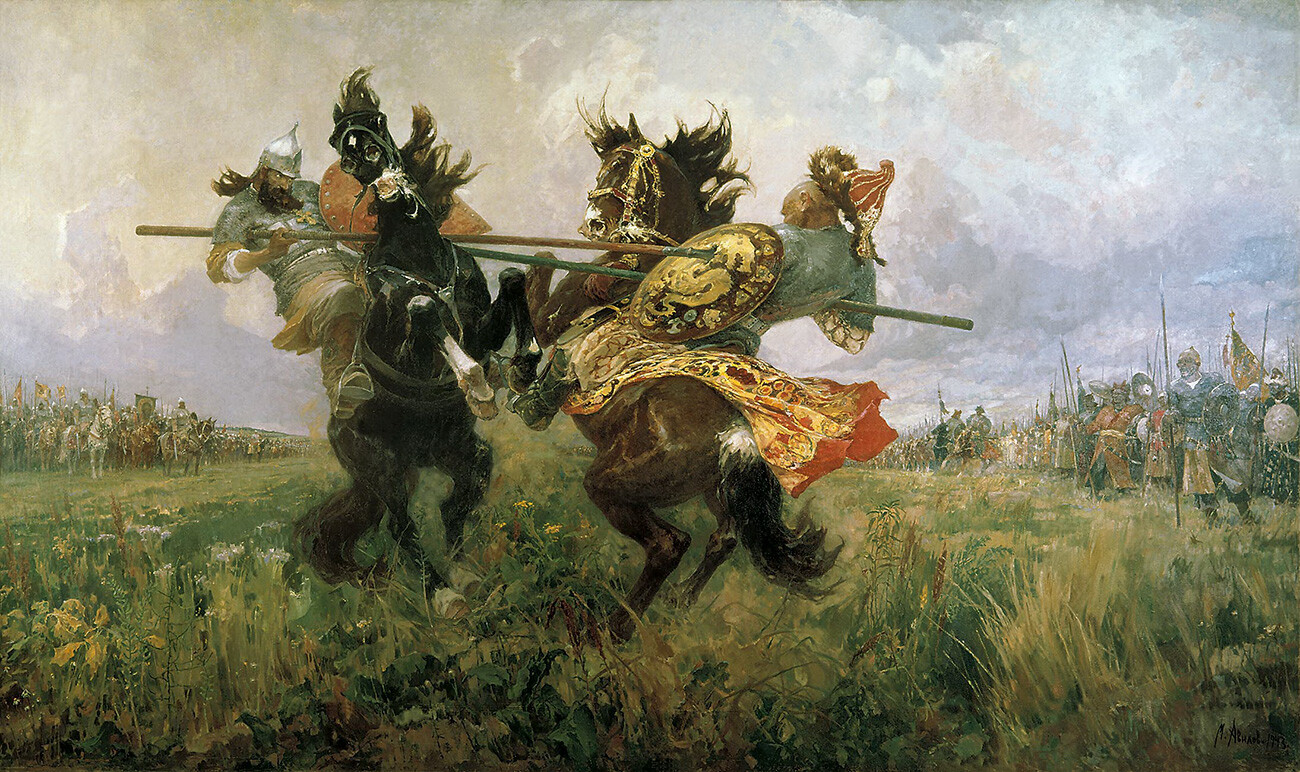5 facts about Sergius of Radonezh, Russia’s most venerated saint
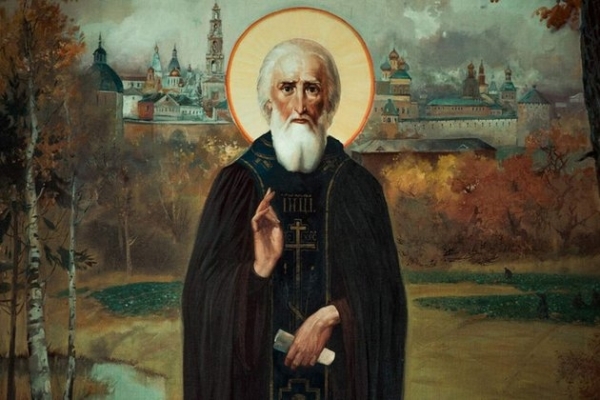
Russians believe that their country owes its existence to this monk who lived in the 14th century. Thanks to his efforts, the country was united, took up arms and was reborn after almost two centuries of devastating Mongol rule. "The Youth of Venerable Sergius", (1892-97) Mikhail Nesterov The future St. Sergius of Radonezh (a.k.a. Sergiy Radonezhsky, in Russian) was born near Rostov — 150 kilometers from the town of Radonezh. The exact date of his birth is unknown, but it’s considered to be 1314. Today, Rostov is a small provincial city in the Yaroslavl Region, but at the beginning of the 14th century it was a prosperous principality and one of the cultural centers of medieval Rus’. Most likely it was there that Sergius found schooling where he was able to learn Greek. Icon "Sergius of Radonezh in Life", 15th century Dionisius However, Rostov repeatedly suffered raids by the Mongols and the city was often ravaged. Having lost everything, Sergius’ father made the decision to leave with his family to Radonezh, a town closer to Moscow, which at that time was gaining weight as an important political center. This happened when Sergius was about 12 years old. The first biography about this great saint, The Life of Sergius of Radonezh, was written by his pupil Epiphanius the Wise in the beginning of the 15th century. It describes the miracles and prophecies that Sergius performed during his life. In general, all the saints’ lives were written down according to a strict canon; so descriptions of the same or similar miracles can be found in the lives of other saints. Even those who are not knowledgeable about St. Sergius of Radonezh can immediately draw the conclusion that Mikhail Nesterov’s famous painting, Vision to the Youth Bartholomew, (1890), has something to do with the great saint. Bartholomew is his real name. He became Sergius after he was tonsured as a monk. "Vision to the Youth Bartholomew", 1890 Mikhail Nesterov At the age of seven he had problems with his studies — he found it very difficult to learn to read and write. According to legend, Bartholomew met a church elder and complained about his struggles. The elder fervently prayed for the boy and gave him a piece of holy prosphora (Eucharist), after which Bartholomew suddenly was able to learn how to read and write without any difficulty. Immediately, he took great interest in the Holy Scripture and, as it’s stated in his biography, he exhibited exceptional spirituality while still a teenager — Bartholomew piously prayed at night and eagerly observed the strictest fasting. By the way, because of his own problems with learning, St. Sergius is considered to be the patron of all students, especially those who struggle with their studies. People pray to him before the beginning of the new academic year and before important exams. One of Serguis’ main achievements that has survived to our day was the founding of the Trinity Monastery, now known as the Holy Trinity Lavra of St. Sergius. At a very young age Sergius chose the path of a hermit, which it was believed was only possible for monks who had already dedicated many years to such a lifestyle of prayer and self-denial. "The Holy Trinity Lavra of St. Sergius", 1908-1913 Apollinary Vasnetsov Along with his brother, St. Sergius settled deep in a forest; they built a small monastic cell and a chapel that was consecrated in honor of the Holy Trinity. (Later, the prominent icon painter Andrei Rublev would paint his Holy Trinity specifically for the St. Sergius’ monastery and would formulate, through the language of art, Orthodoxy’s most important tenet of the Trinity. Read more about it here.) His brother couldn’t handle the burden of ascetic life and soon left. But slowly other monks began settling around Sergius; 1342 is considered the year of the founding of the largest and most important Russian monastery. St. Sergius didn’t just start a monastery — he created a new system of monastic community. For example, monks had previously been prohibited from leaving the monastery to beg for food; thus, many monks became beggars and lived among laymen. Instead, every time food ran out, Sergius and his brethren fervently prayed for "daily bread", and every time the monks were delivered from starvation. "Through his lengthy solitude, filled with toil and hardship, in the heart of a dense forest, he prepared to be the leader of the other monks," historian Vasily Klyuchevsky wrote. "Triptych. The Work of Sergius of Radonezh", 1890s Mikhail Nesterov He always took new monks under his wing, instructed them in virtue and closely watched every one of them so that they’d pray diligently and not fall victim to worldly temptations. The monks had a strict schedule; all of them, including Sergius himself, worked tirelessly — built churches, prepared food, split wood, sewed clothing and fully sustained themselves. Along with that, Sergius fostered a true brotherhood that showed all of society an example of a true Christian community. The monks lived a poor life and sometimes spent days without bread, but they were friendly to each other and, most importantly, kind to all those who visited them. For his selfless monastic devotion, from the 15th century St. Sergius was already honored in Rus’ as "venerable" — meaning a monk who, through praying, fasting and toil, strove to be like Jesus Christ. Today, St. Sergius is venerated as a saint by both Old Believers and Catholics. Statue of Sergius of Radonezh in the Trinity Lavra Sergei Pyatakov/Sputnik After the 13th century Mongol invasion Russian cities were plundered, burned to the ground and left in ruins. Everywhere the Mongols went there was much destruction, seriously setting back the country’s development and leaving the survivors in terror. Mothers scared their children with lullabies about "evil Mongols". The invading hordes continued their raiding for almost two centuries and Russian princes were forced to pay tribute. Many monasteries and churches were destroyed, and the central Church authorities ceased to be an important moral beacon. In the interests of personal safety, many monks resettled closer to large cities and the residencies of the metropolitan bishops. Several generations of Russians grew up thinking that the Mongol invaders were invincible on the battlefield. They associated the enemy with a demonic force that couldn’t be overcome. They were psychologically broken and despondent. This could have been the end of Russian history and the nation. To shake off the Mongol yoke, Russians first of all needed to overcome their fear and believe in their strength, concluded Klyuchevsky. St. Sergius played an important role in the moral and spiritual strengthening of the Russian people. Modern-day view of the Holy Trinity Lavra of St. Sergius Legion Media He began with himself. His biography tells the story of how demons approached him and frightened him tremendously while he lived alone in a small cabin deep in the woods. But every time Sergius overcame his fear with prayer, and in the end he was granted "power over demons" and was no longer afraid. Having heard of this miraculous monk who defeated demonic forces, many commoners began flocking to the monastery in order to obtain solace and encouragement from Sergius. In turn, they shared his message of hope and strength with others. Klyuchevsky believes that this was the beginning of the moral and political resurrection of the Russian people. Gradually, the Principality of Moscow became a safe haven where princes, renowned boyars and church elders gathered. Moscow became the unofficial capital of the Russian lands, but more importantly, its spiritual center. And in this city, finally a prince appeared who dared to oppose the unbeatable enemy — Dmitry Donskoy, who was also venerated later as a saint. "Saint Sergius of Radonezh," 1932 Nicholas Roerich The prince came to Sergius’ monastery for support, and indeed he approved the plans to gather the military forces of all Russian principalities and fight against the Mongols. Before the epic Battle on Kulikovo Field, he blessed Dmitry Donskoi and sent two of his warrior monks, Peresvet and Oslyabya. "Bravely wage war against the unbelievers, without hesitation, and you’ll be victorious," the monk said to the prince. "Venerable Sergius of Radonezh blesses the holy Grand Prince Dmitry Donskoy before the Battle of Kulikovo". 1880 Alexey Kivshenko Academic Dmitry Likhachev believed that Dmitry Donskoy, who received and counted on the Church’s support, won the struggle among the Russian city-states for primacy. "Moscow was not economically stronger than Tver or Novgorod, however, it was spiritually stronger," Likhachev believed. "The duel of Peresvet with Chelubey on Kulikovo Field". 1943 Mikhail Avilov The victory of the united Russian army at the Battle of Kulikovo (1380) marked the beginning of liberation from Mongol domination, and of the unification of the Russian lands under Moscow’s leadership. Famous theologian Pavel Florensky called St. Sergius of Radonezh "the guardian angel" and the "spiritual savior" of Russia. "Through him the Russian people understood themselves; their cultural and historical place, their cultural mission and only then, after understanding themselves, they received their historical right to autonomy," Florensky writes. Dear readers, Our website and social media accounts are under threat of being restricted or banned, due to the current circumstances. So, to keep up with our latest content, simply do the following:
1. His real name is not Sergius, and he’s not from Radonezh
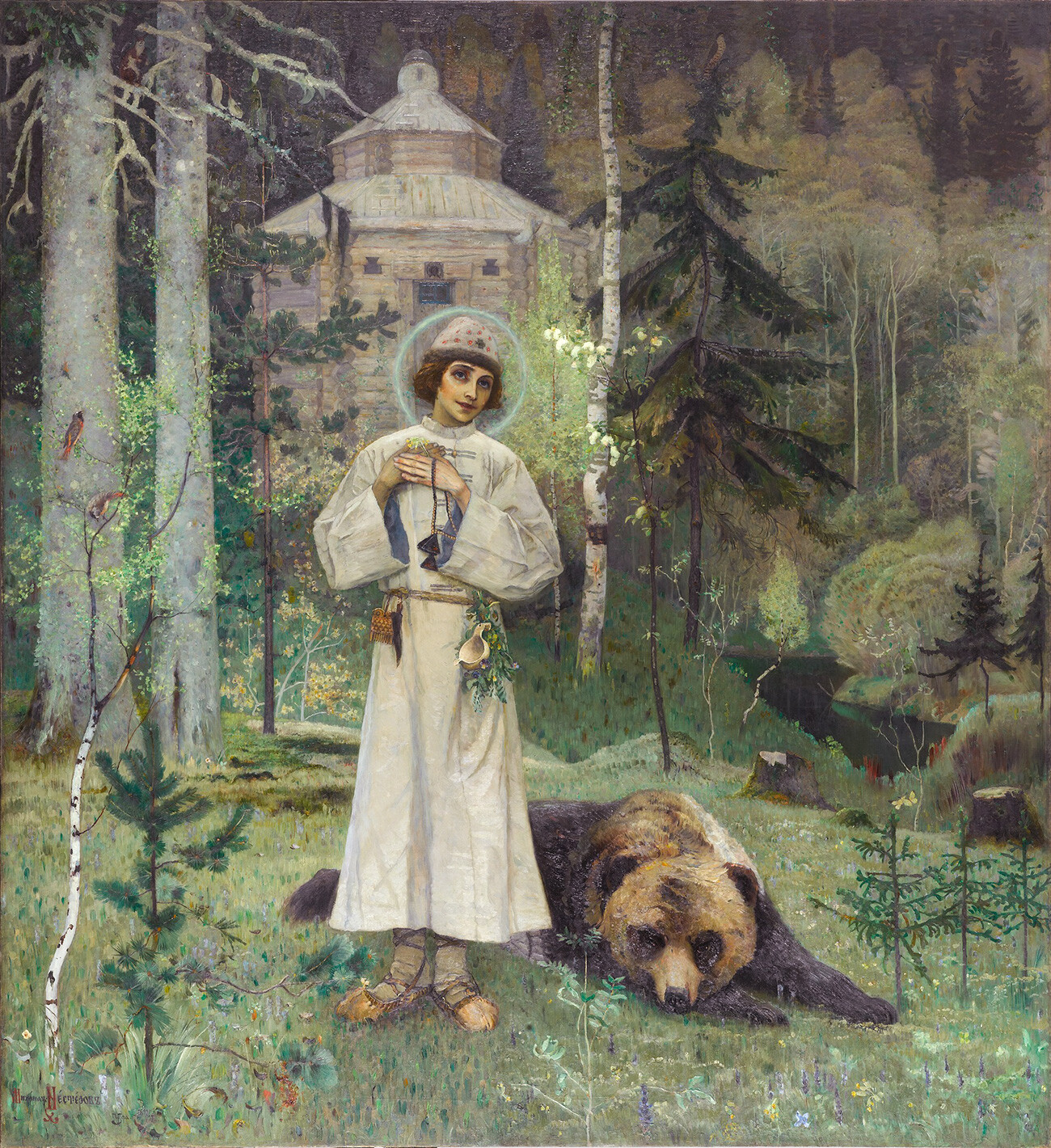

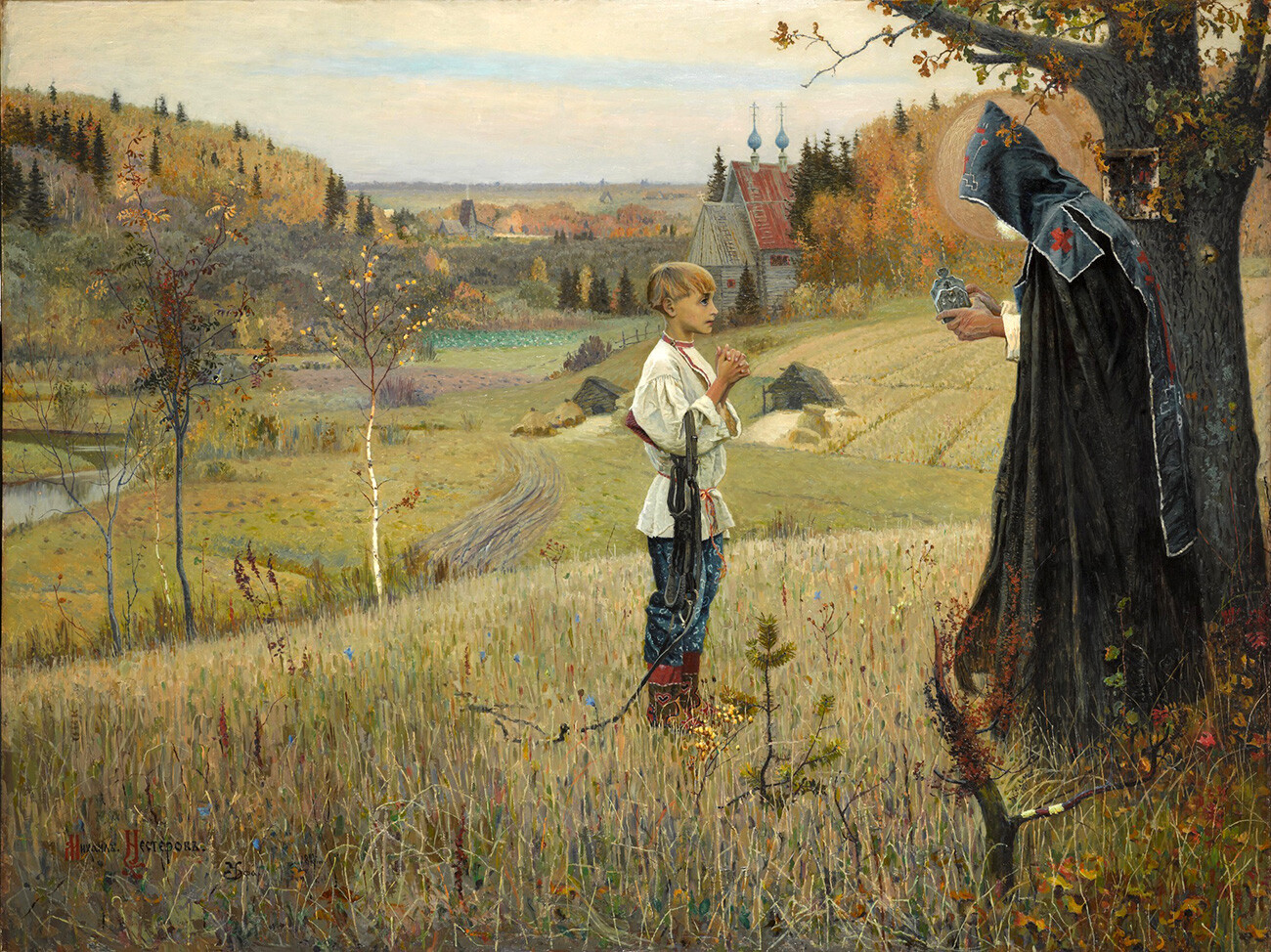
2. He founded Russia’s main monastery — The Holy Trinity Lavra of St. Sergius
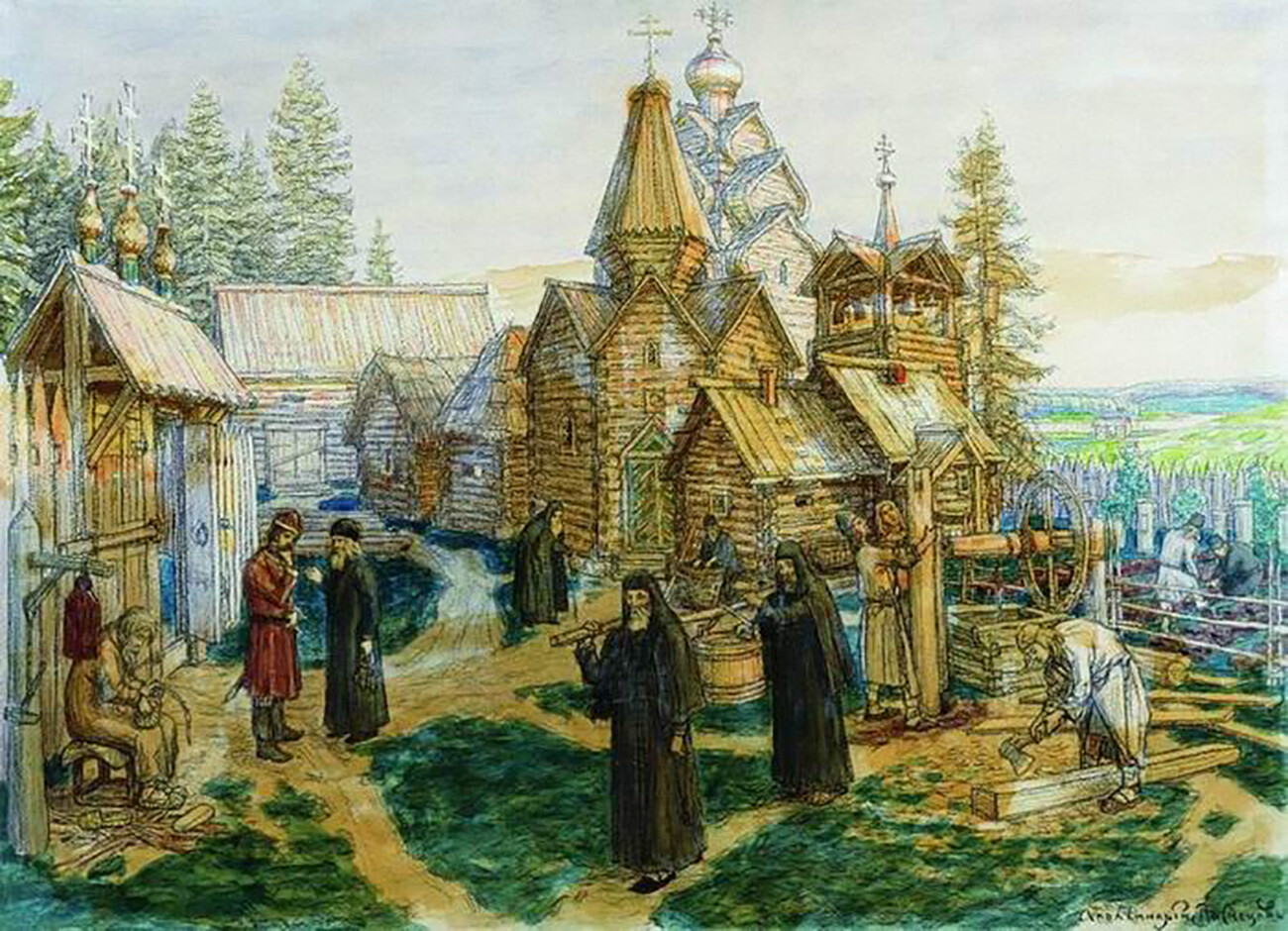
3. He created a new type of monasticism
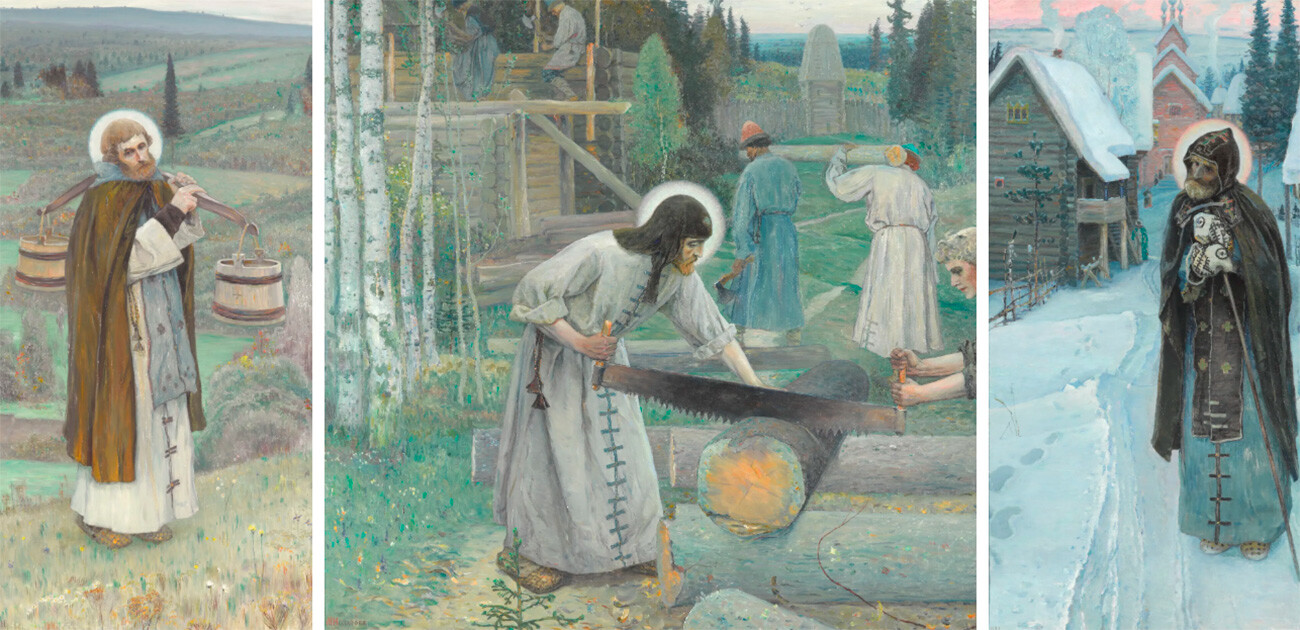
4. He formed the Russian spiritual ethos
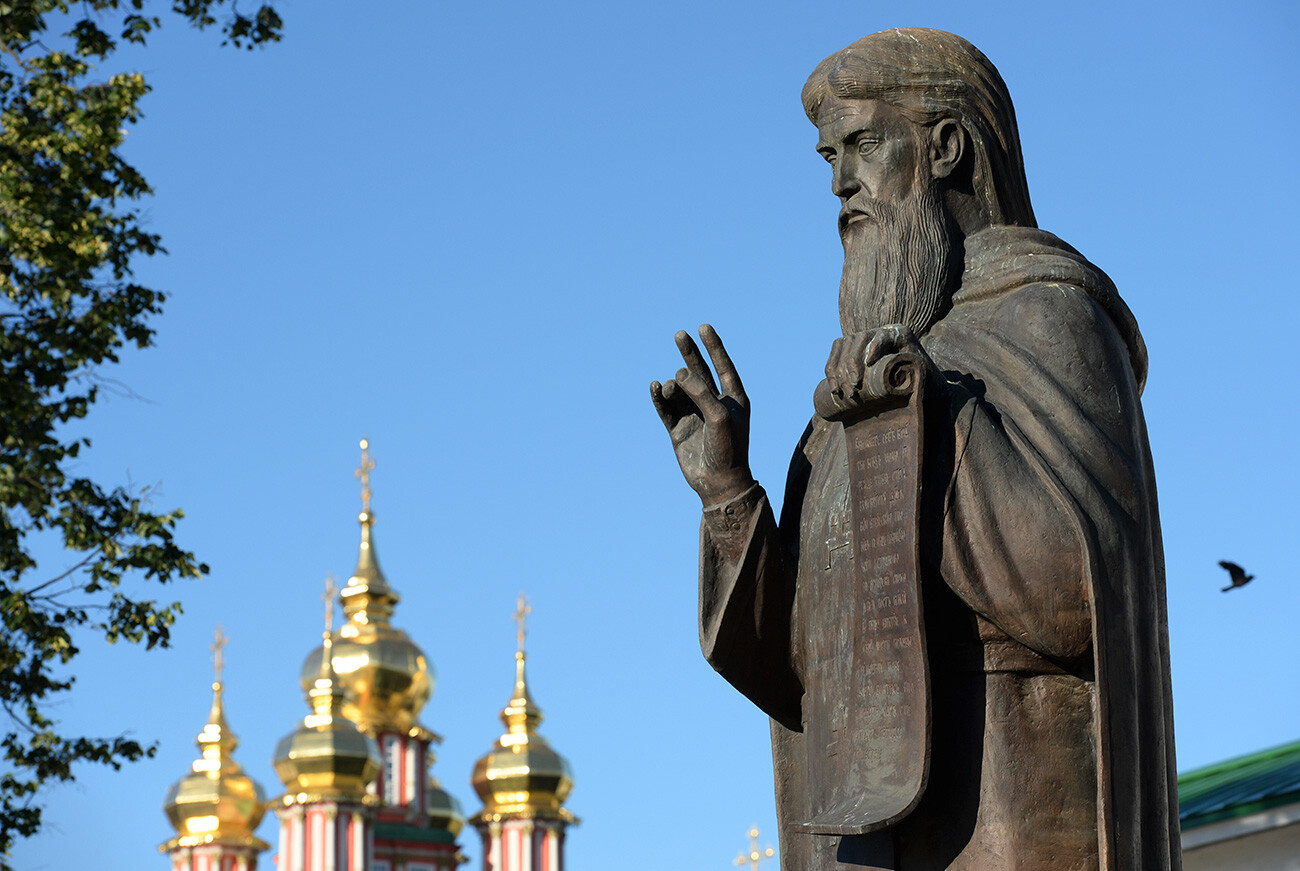
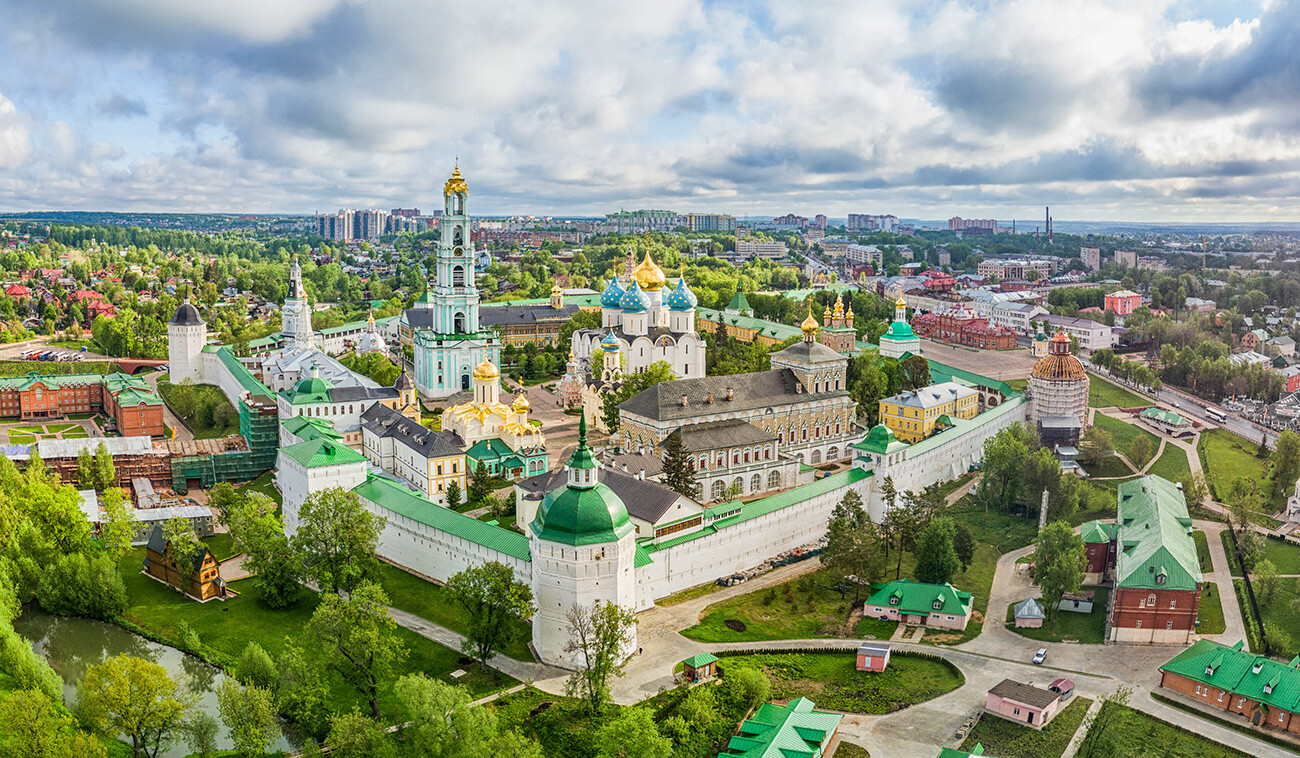
5. He united Rus’
